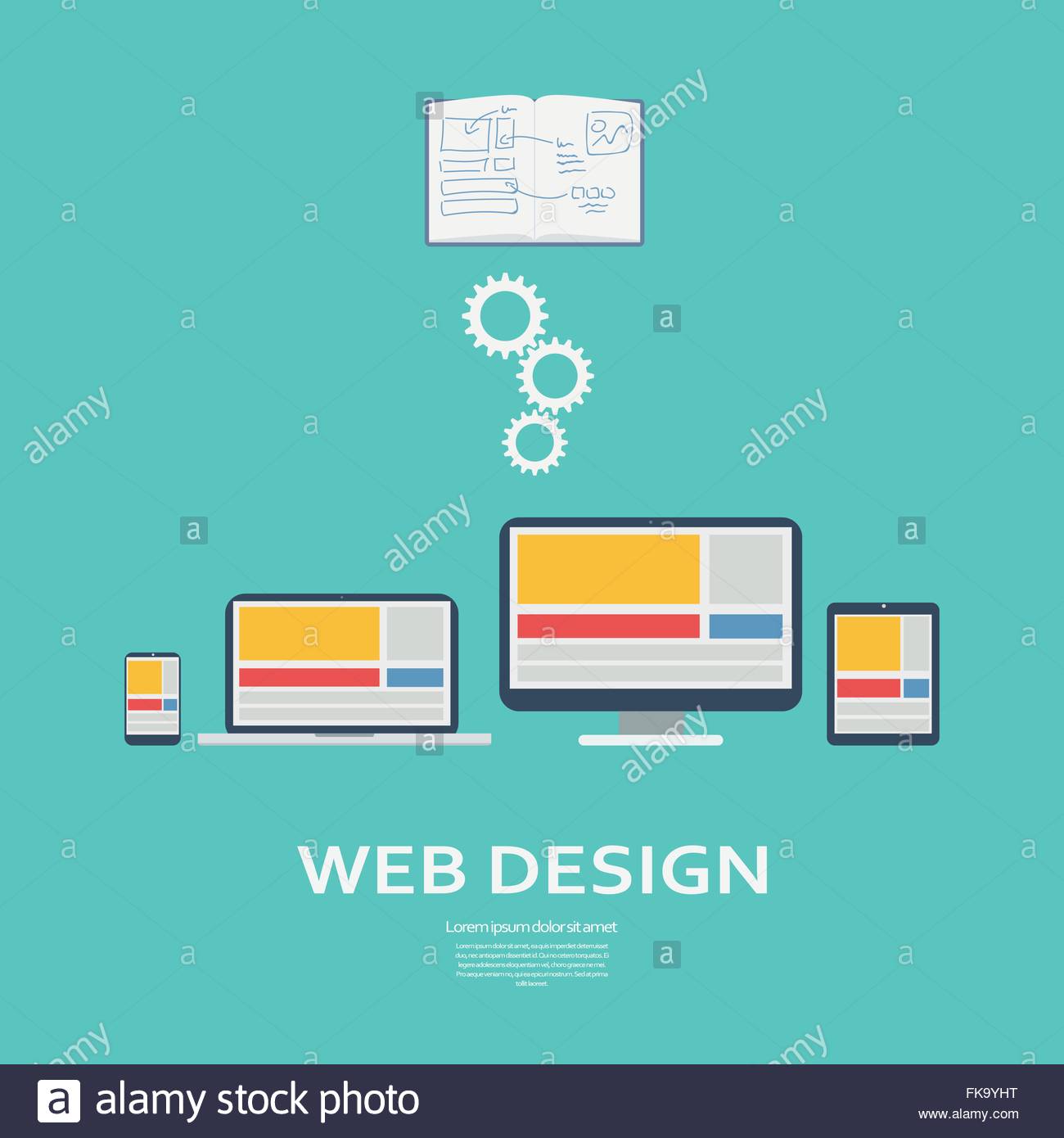Fascinated In Discovering How Site Style Has Progressed? Take A Trip Through The Change
Fascinated In Discovering How Site Style Has Progressed? Take A Trip Through The Change
Blog Article
Material Produce By-Bradshaw Molina
In the past, web sites were simple and focused on information. Navigation was direct, and style was for desktops. Currently, user experience is key. Data guides layouts for easy navigating. Responsive formats suit different tools. Today, dark setting minimizes stress, and minimal menus improve navigating. Interactive attributes engage users, and vibrant visuals stand apart. AI assimilation increases involvement. See exactly how layout has actually advanced to enhance your online journey.
Early Days of Website Design
In the very early days of web design, simplicity preponderated. https://english.newstracklive.com/news/five-tips-by-lakshya-sinha-to-start-a-successful-digital-marketing-agency-sc7-nu322-ta322-1228303-1.html were fundamental, with restricted colors, font styles, and formats. The emphasis was on giving information as opposed to flashy visuals. Individuals accessed the web via slow dial-up links, so speed and performance were vital.
Navigating food selections were straightforward, generally located on top or side of the web page. Web sites were designed for desktop computers, as mobile browsing wasn't yet prevalent. Web content was king, and designers focused on very easy readability over complicated design aspects.
HTML was the key coding language made use of, and developers needed to work within its restrictions. Animations and interactive features were marginal contrasted to today's standards. Web sites were static, with little vibrant material or tailored customer experiences.
Rise of User-Focused Style
With the advancement of site layout, a shift in the direction of user-focused style principles has actually become increasingly popular. Today, producing web sites that focus on customer experience is essential for engaging visitors and attaining organization goals. User-focused layout involves understanding the requirements, preferences, and actions of your target market to tailor the website's design, material, and includes as necessary.
Designers currently carry out extensive study, such as customer studies and usability testing, to gather understandings and feedback straight from individuals. This data-driven technique aids in creating instinctive navigating, clear calls-to-action, and visually enticing user interfaces that resonate with visitors. By putting the customer at the facility of the layout procedure, websites can deliver a much more tailored and pleasurable experience.
Receptive design has likewise emerged as a vital element of user-focused design, ensuring that internet sites are optimized for various gadgets and screen sizes. This adaptability enhances accessibility and functionality, dealing with the varied means individuals communicate with web sites today. Fundamentally, the rise of user-focused design indicates a change in the direction of creating digital experiences that focus on the requirements and assumptions of the end customer.
Modern Trends in Website Design
Discover the current fads forming web design today. One prominent trend is dark mode layout, using a sleek and modern-day look while decreasing eye stress in low-light atmospheres. One more vital pattern is minimal navigating, simplifying food selections and improving user experience by concentrating on essential elements. Including micro-interactions, such as animated switches or scrolling impacts, can develop an extra appealing and interactive internet site. Responsive layout stays important, ensuring seamless customer experiences across numerous tools. Furthermore, making use of vibrant typography and asymmetrical layouts can include aesthetic rate of interest and accentuate certain material.
Incorporating AI modern technology, like chatbots for client assistance or tailored recommendations, enhances individual involvement and streamlines procedures. Accessibility has likewise come to be a significant trend, with developers prioritizing inclusive style practices to accommodate diverse customer requirements. Welcoming sustainability by optimizing website performance for speed and effectiveness is another arising fad in web design. Working together with individual comments and data analytics to repeat and improve design continually is essential for remaining relevant in the ever-evolving electronic landscape. By accepting these modern trends, you can develop a visually attractive, easy to use site that reverberates with your audience.
Final thought
As you reflect on the development of website layout from the early days to now, you can see how user-focused layout has ended up being the driving force behind modern-day fads.
Accept the journey of change and adaptation in website design, constantly maintaining the customer experience at the forefront.
Keep existing with the current fads and innovations, and never ever stop developing your approach to develop aesthetically sensational and user-friendly websites.
Progress, adjust, and create - the future of website design remains in your hands.
